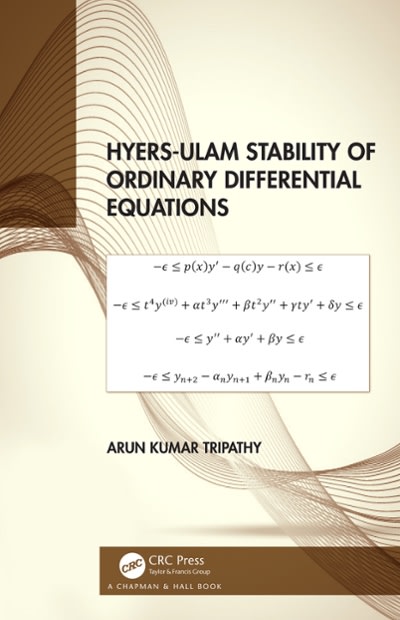Question
1.A simple random sample of size n is drawn from a population that is known to be normally distributed. The samplevariance, s2, is determined to
1.A simple random sample of size n is drawn from a population that is known to be normally distributed. The samplevariance, s2, is determined to be 12.1. Complete parts(a) through(c).
(a) Construct a90% confidence interval for 2 if the samplesize, n, is 20.
The lower bound is
nothing
. (Round to two decimal places asneeded.)
2.The following data represent the pH of rain for a random sample of 12 rain dates in a particular region. A normal probability plot suggests the data could come from a population that is normally distributed. A boxplot indicates there are no outliers. The sample standard deviation is s=0.325. Construct and interpret a 99% confidence interval for the standard deviation pH of rainwater in this region.
4.51
5.09
5.09
4.87
4.74
4.78
5.72
4.84
5.14
4.72
4.64
4.65
LOADING...
Click the icon to view the table of critical values of thechi-square distribution.
Select the correct choice below and fill in the answer boxes to complete your choice.
(Use ascending order. Round to three decimal places asneeded.)
A.
If repeated samples aretaken, 99% of them will have the sample standard deviation between
nothing
and
nothing
.
B.
There is a 99% probability that the true population standard deviation is between
nothing
and
nothing
.
C.
There is 99% confidence that the population standard deviation is between
nothing
and
nothing
.3.he following data represent the age(in weeks) at which babies first crawl based on a survey of 12 mothers. The data are normally distributed and s=10.107 weeks. Construct and interpret a 99% confidence interval for the population standard deviation of the age(in weeks) at which babies first crawl.
53
29
42
37
39
25
47
36
56
27
39
28
LOADING...
Click the icon to view the table of critical values of thechi-square distribution.
Select the correct choice below and fill in the answer boxes to complete your choice.
(Use ascending order. Round to three decimal places asneeded.)
A.
There is 99% confidence that the population standard deviation is between
nothing
and
nothing
.
B.
There is a 99% probability that the true population standard deviation is between
nothing
and
nothing
.
C.
If repeated samples aretaken, 99% of them will have the sample standard deviation between
nothing
and
nothing
.
Step by Step Solution
There are 3 Steps involved in it
Step: 1

Get Instant Access to Expert-Tailored Solutions
See step-by-step solutions with expert insights and AI powered tools for academic success
Step: 2

Step: 3

Ace Your Homework with AI
Get the answers you need in no time with our AI-driven, step-by-step assistance
Get Started


